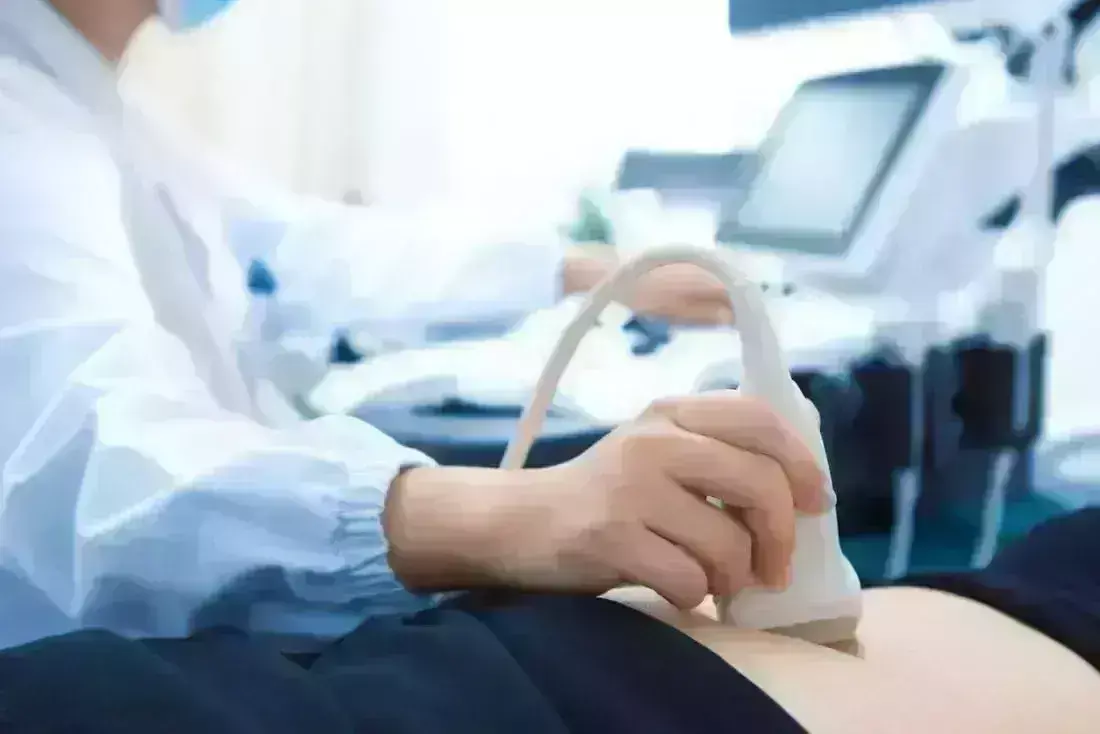- Home
- Medical news & Guidelines
- Anesthesiology
- Cardiology and CTVS
- Critical Care
- Dentistry
- Dermatology
- Diabetes and Endocrinology
- ENT
- Gastroenterology
- Medicine
- Nephrology
- Neurology
- Obstretics-Gynaecology
- Oncology
- Ophthalmology
- Orthopaedics
- Pediatrics-Neonatology
- Psychiatry
- Pulmonology
- Radiology
- Surgery
- Urology
- Laboratory Medicine
- Diet
- Nursing
- Paramedical
- Physiotherapy
- Health news
- Fact Check
- Bone Health Fact Check
- Brain Health Fact Check
- Cancer Related Fact Check
- Child Care Fact Check
- Dental and oral health fact check
- Diabetes and metabolic health fact check
- Diet and Nutrition Fact Check
- Eye and ENT Care Fact Check
- Fitness fact check
- Gut health fact check
- Heart health fact check
- Kidney health fact check
- Medical education fact check
- Men's health fact check
- Respiratory fact check
- Skin and hair care fact check
- Vaccine and Immunization fact check
- Women's health fact check
- AYUSH
- State News
- Andaman and Nicobar Islands
- Andhra Pradesh
- Arunachal Pradesh
- Assam
- Bihar
- Chandigarh
- Chattisgarh
- Dadra and Nagar Haveli
- Daman and Diu
- Delhi
- Goa
- Gujarat
- Haryana
- Himachal Pradesh
- Jammu & Kashmir
- Jharkhand
- Karnataka
- Kerala
- Ladakh
- Lakshadweep
- Madhya Pradesh
- Maharashtra
- Manipur
- Meghalaya
- Mizoram
- Nagaland
- Odisha
- Puducherry
- Punjab
- Rajasthan
- Sikkim
- Tamil Nadu
- Telangana
- Tripura
- Uttar Pradesh
- Uttrakhand
- West Bengal
- Medical Education
- Industry
Percutaneous catheter drainage for liver abscesses reduces IV antibiotics need

A new study published in BMJ Gastroenterology and Hepatology suggests that ultrasound-guided percutaneous catheter drainage (PCD) increases the treatment success rate in patients with liver abscesses by 136 in 1000 patients, enhances clinical outcomes by 3 days, and decreases the requirement for IV antibiotics by 4 days.
An intrahepatic infectious condition called a liver abscess is brought on by bacteria or amoebas. Patients with pyogenic liver abscesses might have death rates of up to 7.4% and 28% at one month and in intensive care units, respectively. The two main ultrasound-guided percutaneous therapeutic procedures used to treat liver abscesses are percutaneous catheter drainage and percutaneous needle aspiration (PNA). It's still unclear which of the two liver abscess therapies is preferable under various clinical circumstances. In order to examine the effectiveness and safety of ultrasound-guided PCD against PNA for liver abscess therapy, Jin-Wei Lin and colleagues carried out this study.
This was a systematic review, meta-analysis, and examination of the order of the trials. From their creation to March 16, 2022, PubMed, Web of Science, Cochrane Library, Embase, Airiti Library, and ClinicalTrials.gov were all searched. Without regard to language, randomized controlled studies comparing PCD versus PNA for liver abscess were accepted. Treatment success rate was the main result. To get overall estimates, either a fixed-effects model or a random-effects model was applied, depending on heterogeneity.
The key findings of this study were:
There were 10 trials with 1287 participants in all.
A combined study showed that PCD improved treatment success rate when compared to PNA.
This solid conclusion was shown by trial-and-error sequential analysis when the necessary information size was obtained.
The subgroup analysis recommended PCD for big abscess.
In six studies with a total of 1000 patients, pooled analysis showed a significant advantage of PCD over PNA for the duration of intravenous antibiotic use, time to achieve a 50% reduction in abscess size, and time to achieve clinical improvement or complete clinical relief.
Complications and in-hospital mortality did not differ.
Reference:
Lin, J.-W., Chen, C.-T., Hsieh, M.-S., Lee, I.-H., Yen, D. H.-T., Cheng, H.-M., & Hsu, T.-F. (2023). Percutaneous catheter drainage versus percutaneous needle aspiration for liver abscess: a systematic review, meta-analysis and trial sequential analysis. In BMJ Open (Vol. 13, Issue 7, p. e072736). BMJ. https://doi.org/10.1136/bmjopen-2023-072736
Neuroscience Masters graduate
Jacinthlyn Sylvia, a Neuroscience Master's graduate from Chennai has worked extensively in deciphering the neurobiology of cognition and motor control in aging. She also has spread-out exposure to Neurosurgery from her Bachelor’s. She is currently involved in active Neuro-Oncology research. She is an upcoming neuroscientist with a fiery passion for writing. Her news cover at Medical Dialogues feature recent discoveries and updates from the healthcare and biomedical research fields. She can be reached at editorial@medicaldialogues.in
Dr Kamal Kant Kohli-MBBS, DTCD- a chest specialist with more than 30 years of practice and a flair for writing clinical articles, Dr Kamal Kant Kohli joined Medical Dialogues as a Chief Editor of Medical News. Besides writing articles, as an editor, he proofreads and verifies all the medical content published on Medical Dialogues including those coming from journals, studies,medical conferences,guidelines etc. Email: drkohli@medicaldialogues.in. Contact no. 011-43720751


